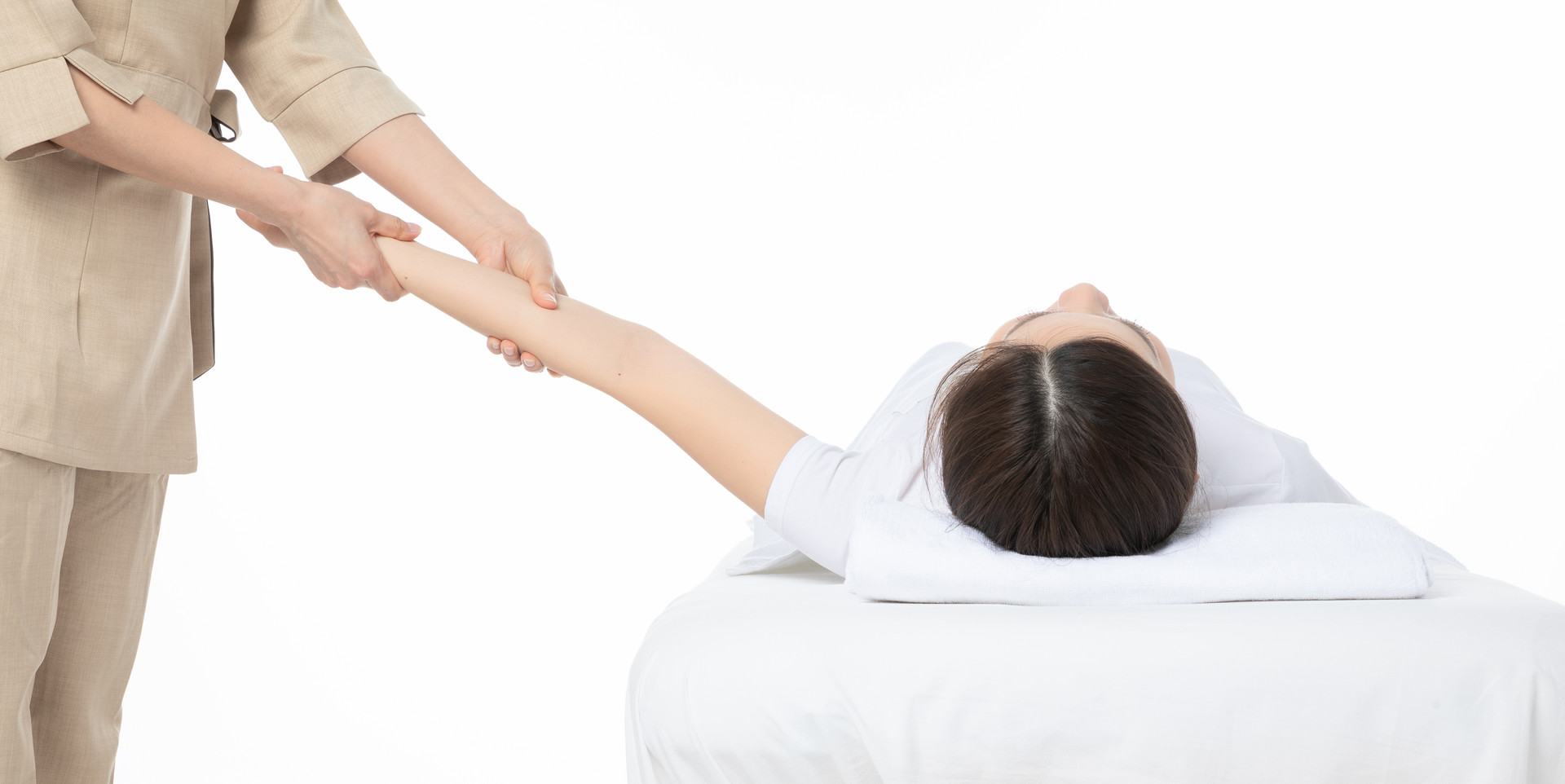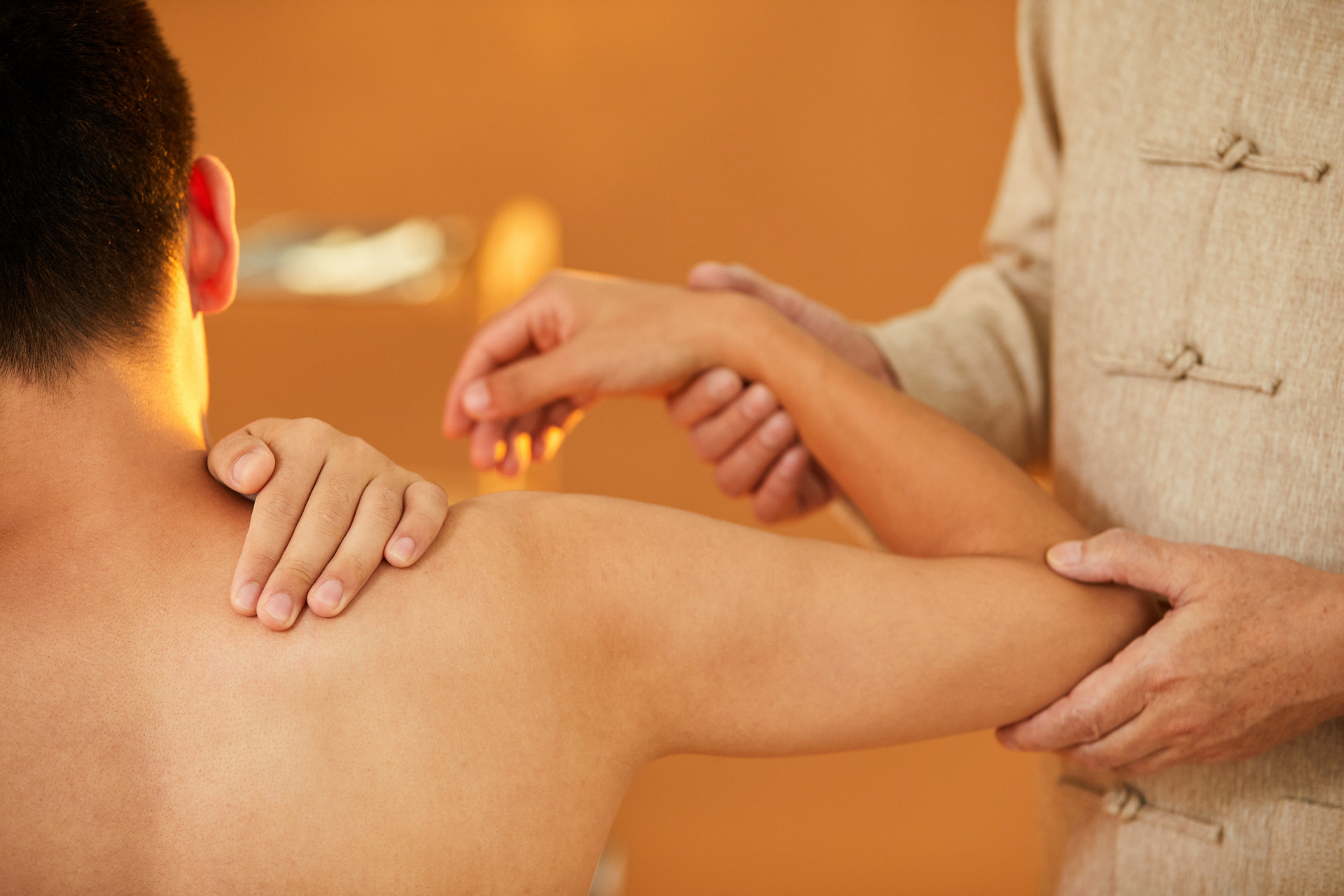Many parents are extremely concerned about fever and have an inexplicable fear of it. Fever is a symptom that can occur in many infantile diseases, ranging from mild conditions such as the common cold to more serious ones like pneumonia and encephalitis. Fever itself does not harm the body; it is only when diseases like encephalitis and pneumonia cause damage to the brain tissue or lungs that irreversible effects may occur. Therefore, parents should not rush to reduce their child's temperature but should instead have a thorough understanding of fever to avoid delaying or worsening the condition.
An elevated body temperature should be differentiated between physiological and pathological. In general, an axillary temperature ≥37.5°C is defined as fever. 37.5-38.0°C is considered low-grade fever, 38.1-39.0°C is moderate fever, 39.1-40.9°C is high fever, and ≥41.0°C is considered hyperpyrexia.
Factors such as excessive clothing, vigorous activity, emotional excitement, eating, bowel movements, high room temperature, and poor air circulation can temporarily raise body temperature. However, infectious fever is the most common cause of abnormal elevation in body temperature in children. If a child has a fever but is otherwise in good overall condition, especially with no abnormal mental state, it may just be a physiological phenomenon that requires close observation. However, if parents intervene accordingly for these reasons and the high fever persists, it is necessary to consider the cause of the fever and seek medical attention as early as possible.
Simple methods for managing fever in children
Physical cooling: Keep the child's skin clean, change sweaty clothes and bedding promptly, and consider reducing clothing if necessary.
Hydration: Pay attention to replenishing fluids, such as water, fruit juice, and electrolytes, to prevent dehydration.
Medication: If the axillary temperature is ≥38.5°C and accompanied by body aches and discomfort, fever-reducing medication can be administered.
Rest: After fever management, allow the child to rest more.
Common acupressure points for childhood fever

Qing Tian He Shui
Location: In the middle of the inner forearm, in a straight line from the wrist crease to the elbow crease.
Technique: Use the pads of the index and middle fingers to press and slide from the wrist crease to the elbow crease, called Qing Tian He Shui.
Number of repetitions: 100-500 times.
Functions: Clear heat and release the surface, drain heart fire, relieve restlessness, and moisturize dryness.
Indications: All types of heat conditions. Symptoms include fever caused by external factors, internal heat, night sweats, restlessness, thirst, mouth and tongue ulcers, cough, phlegm, and sore throat.

Tui Liu Fu
Location: In a straight line from the elbow joint to the base of the palm on the ulnar side of the forearm.
Technique: Use the pads of the index and middle fingers to press and slide from the elbow joint to the base of the palm, called Tui Liu Fu.
Number of repetitions: 100-500 times.
Functions: Clear heat, cool blood, and detoxify.
Indications: High fever, restlessness, wind disturbance, constipation, and other symptoms.

Qia Rou Nei Lao Gong
Location: In the center of the palm, at the midpoint of the middle finger tip when it is flexed.
Technique: Pinch and rub with the thumbnail, called Qia Rou Nei Lao Gong.
Functions: Clear heat, relieve restlessness, cool blood, and stop bleeding.
Indications: Fever, restlessness, mouth ulcers, and rectal bleeding.

Tui Ji
Location: In a straight line from Da Zhui to Chang Qiang.
Technique: The physician uses the pads of the index and middle fingers to press straight down from top to bottom, called Tui Ji.
Number of repetitions: 100-300 times.
Functions: Regulate yin and yang, regulate qi and blood, harmonize the organs, open the meridians, and nourish the original qi.
Indications: Fever, wind disturbance, night crying, vomiting, and constipation.







